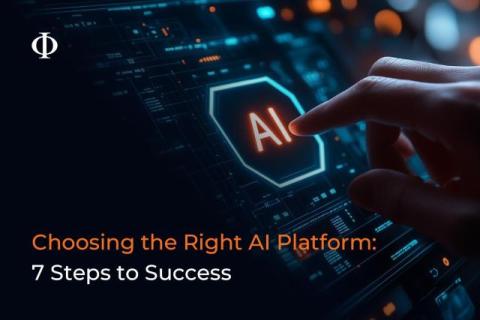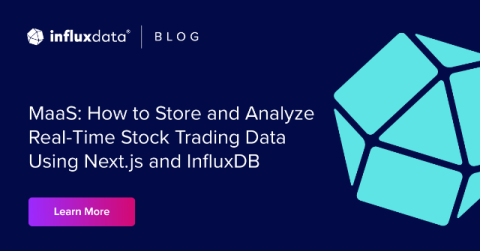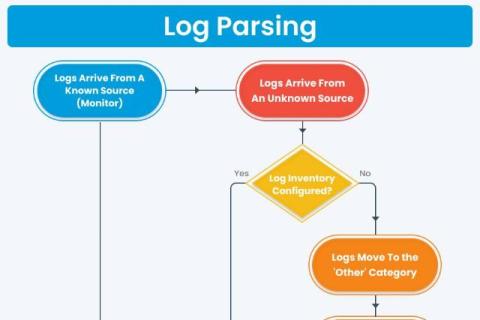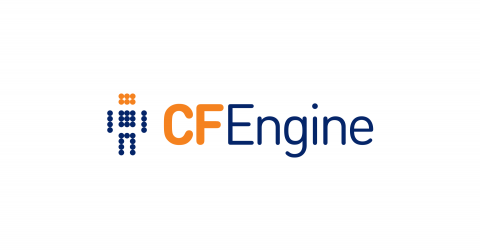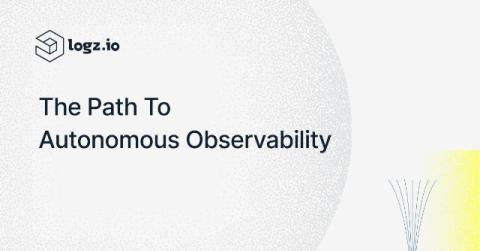How to Choose the Best AI Platform - A Comprehensive Guide for Leaders
Almost every business needs AI, but it’s not needed everywhere. Yes, you read it right. AI, though it transforms entire business models, comes with a price tag. A 2022 survey by McKinsey found that only 27% of companies using AI have successfully scaled their initiatives across the organization. This highlights a key challenge—adopting AI without a clear strategy can lead to wasted resources and minimal return on investment.


